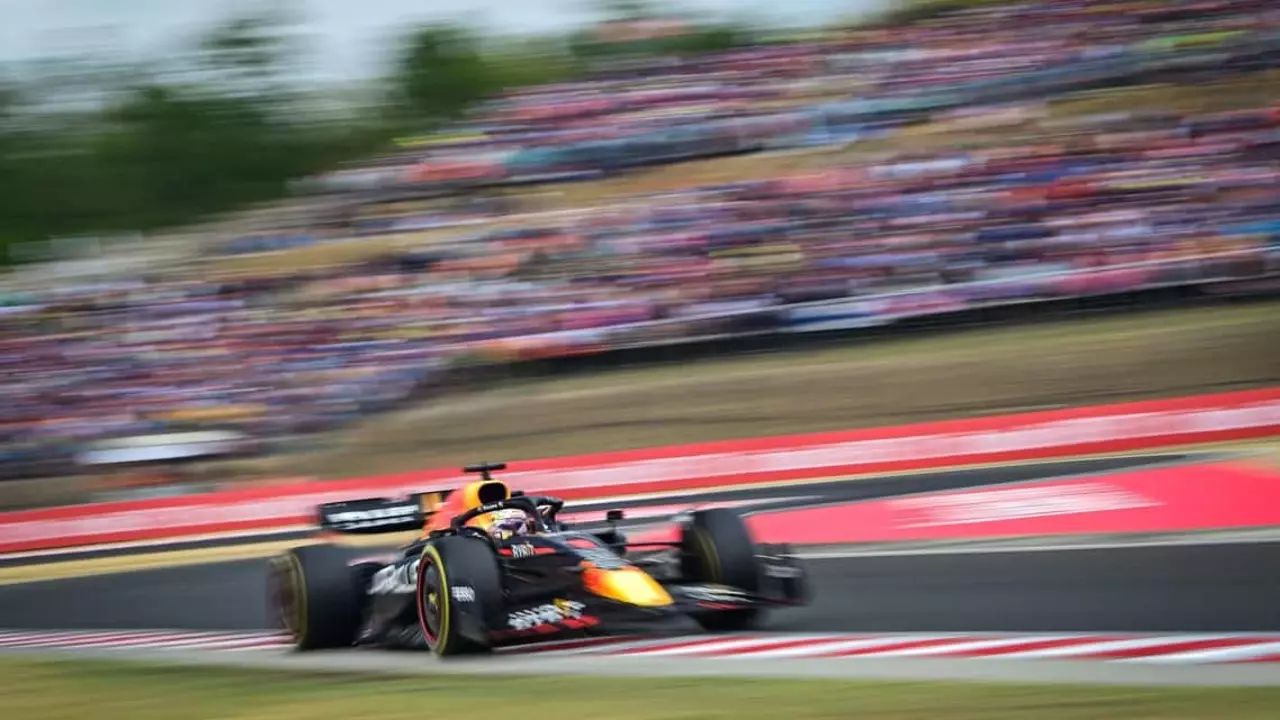Pollution in Motorsports – What You Need to Know
When you hear the roar of a V8 on a Saturday, you probably think speed, excitement, and a bit of danger. What most people don’t see is the cloud of exhaust, the noise that rattles nearby towns, and the pile of tyres that end up in landfills. Racing isn’t just about two wheels or four, it also creates pollution that affects the air we breathe and the world around us.
How Racing Adds to Pollution
Every race car burns fuel, and that burnt fuel releases carbon dioxide, nitrogen oxides, and tiny particles that linger in the atmosphere. A single Formula 1 car can emit more CO₂ per kilometre than a family sedan. Add to that the diesel‑powered trucks that transport parts, the generators that run the paddock, and the hundreds of tyres that are discarded each season – the pollution footprint grows fast. Noise isn’t just annoying; it can cause stress for local residents and wildlife, disrupting natural patterns.
What the Industry Is Doing to Clean Up
Motorsport bodies are starting to take the problem seriously. Formula 1 pledged to be carbon‑neutral by 2030, using bio‑fuels, hybrid power units, and offset projects. IndyCar has introduced ethanol‑based fuel, and many series now recycle tyre rubber into new tracks or playground surfaces. Some circuits install solar panels to power lighting and hospitality areas, cutting reliance on fossil‑fuel generators.
Beyond the big leagues, grassroots clubs are swapping out old lead‑acid batteries for lithium‑ion packs and adding electric support vehicles. Even the hospitality zones are moving toward reusable cutlery and compostable packaging. These changes may seem small, but together they start to shrink the overall emissions tally.
Fans can play a part too. Car‑pooling to the venue reduces the number of cars on the road, and using public transport cuts emissions dramatically. Many tracks now offer bike‑share programs, and some even give discounts for fans who arrive on electric scooters or e‑bikes. If you’re at a race, look for recycling bins and follow the venue’s waste‑sorting rules – a lot of the debris can be turned into new material instead of ending up in a landfill.
Another easy action is to support sponsors and teams that invest in green tech. When a fan buys merch that’s made from recycled fabric, the money flows back into sustainable initiatives. Social media shout‑outs also help – highlighting eco‑friendly practices puts pressure on the industry to keep improving.
The future of racing is already looking different. Electric series like Formula E run entirely on battery power, showcasing zero‑tailpipe emissions while still delivering thrills. Hybrid hypercars are becoming the norm, delivering better fuel efficiency without sacrificing speed. As technology advances, the gap between performance and sustainability is closing fast.
In short, motorsport isn’t immune to pollution, but it’s also a testing ground for new clean‑energy solutions. By understanding where the biggest impacts come from and backing the changes, you help push the sport toward a greener tomorrow. So next time you hear that engine scream, think about the steps being taken to keep the air cleaner and the planet healthier.
What impact on climate do motorsports have?
Motorsports are a popular form of entertainment but they can have a significant impact on the environment and climate. The burning of fossil fuels, the production of exhaust fumes, and the release of hazardous materials all contribute to air pollution, which has a direct impact on climate change. Furthermore, the tracks, pits, and grandstands require large amounts of resources to construct and maintain, which can take a toll on the environment. Finally, noise pollution from the roar of the engines can have a negative effect on nearby wildlife. Ultimately, motorsports can have a significant and detrimental impact on the environment and climate.
